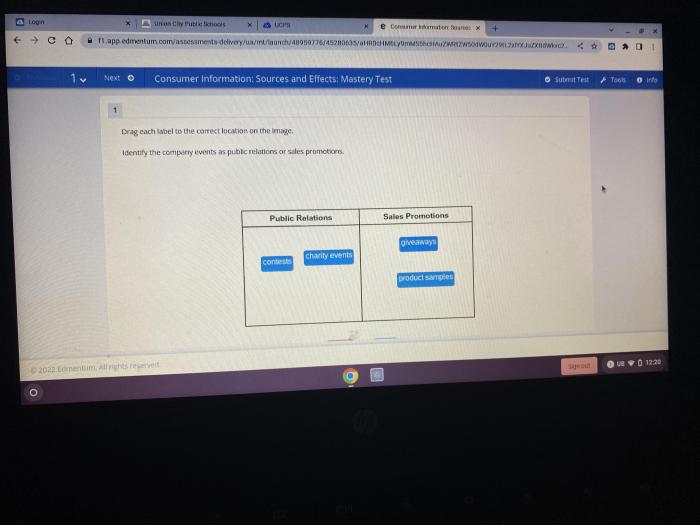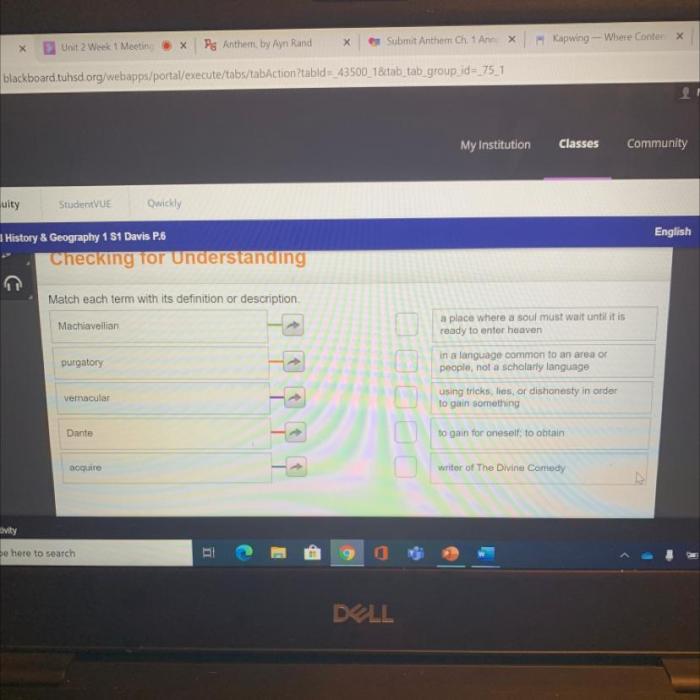Understanding the vast landscape of cancer treatments is crucial for patients and their caregivers. This comprehensive guide will help you match each type of cancer treatment to its correct description, empowering you with knowledge to navigate treatment decisions confidently.
From radiation therapy to immunotherapy, we will explore the mechanisms of action, effectiveness, side effects, and treatment combinations. By providing a clear understanding of each treatment option, we aim to enhance patient outcomes and foster informed decision-making.
Cancer Treatment Types
Cancer treatment involves a range of approaches aimed at eradicating or controlling the disease. These treatments target cancer cells specifically, while minimizing harm to healthy cells.
Surgical Treatment
- Surgical excision: Removal of the tumor and surrounding tissues
- Laser surgery: Precise removal of cancerous tissue using a laser
- Cryosurgery: Freezing and destroying cancer cells
Radiation Therapy
Uses high-energy radiation to kill cancer cells and shrink tumors.
Chemotherapy
Employs cytotoxic drugs to kill cancer cells throughout the body.
Targeted Therapy
Uses drugs that target specific molecules or proteins involved in cancer cell growth and survival.
Immunotherapy, Match each type of cancer treatment to its correct description
Enhances the body’s own immune system to fight cancer cells.
Hormonal Therapy
Uses hormones or hormone-blocking drugs to treat certain types of cancer, such as breast and prostate cancer.
Treatment Descriptions

Surgical Treatment
Surgical treatment aims to remove the tumor and surrounding tissues to prevent its spread. It is often used in conjunction with other treatments, such as chemotherapy or radiation therapy.
Radiation Therapy
Radiation therapy uses high-energy radiation to kill cancer cells and shrink tumors. It can be delivered externally through a machine or internally through radioactive implants.
Chemotherapy
Chemotherapy uses cytotoxic drugs to kill cancer cells throughout the body. These drugs can be administered orally, intravenously, or through other routes.
Targeted Therapy
Targeted therapy uses drugs that target specific molecules or proteins involved in cancer cell growth and survival. These drugs are often more effective and have fewer side effects than traditional chemotherapy drugs.
Immunotherapy, Match each type of cancer treatment to its correct description
Immunotherapy enhances the body’s own immune system to fight cancer cells. It can involve using drugs to boost the immune system or using immune cells to directly attack cancer cells.
Hormonal Therapy
Hormonal therapy uses hormones or hormone-blocking drugs to treat certain types of cancer, such as breast and prostate cancer. These treatments can help to slow or stop the growth of cancer cells that are fueled by hormones.
Treatment Efficacy
The effectiveness of cancer treatment depends on several factors, including the type of cancer, its stage, and the patient’s overall health. However, some general trends can be observed:
- Surgical treatment is often curative for early-stage cancers.
- Radiation therapy and chemotherapy can be effective in treating both early-stage and advanced-stage cancers.
- Targeted therapy and immunotherapy are often more effective in treating certain types of cancer, such as those with specific genetic mutations.
Overall, the earlier cancer is diagnosed and treated, the better the chances of a successful outcome.
Treatment Side Effects: Match Each Type Of Cancer Treatment To Its Correct Description
All cancer treatments have the potential to cause side effects, which can vary depending on the type of treatment and the individual patient. Common side effects include:
- Fatigue
- Nausea and vomiting
- Hair loss
- Skin irritation
- Bone marrow suppression
More severe side effects, such as organ damage or infertility, are less common but can occur with certain treatments.
Treatment Combinations
In many cases, multiple cancer treatments are combined to improve outcomes. This can involve using different types of treatment, such as surgery, radiation therapy, and chemotherapy, or using different drugs within the same treatment type.
Combination therapies can be more effective than single treatments because they target different aspects of cancer growth and spread. They can also help to reduce the risk of developing resistance to any one treatment.
Treatment Selection

The choice of cancer treatment depends on several factors, including:
- The type and stage of cancer
- The patient’s age and overall health
- The patient’s preferences
Treatment decisions are made by a team of healthcare professionals, including doctors, nurses, and social workers. They will work with the patient to develop a treatment plan that is tailored to their individual needs.
Treatment Advances

Cancer treatment is constantly evolving, with new and more effective treatments being developed all the time. Some of the most promising recent advances include:
- Immunotherapy drugs that harness the power of the immune system to fight cancer
- Targeted therapies that block specific molecules involved in cancer cell growth
- Precision medicine approaches that tailor treatment to the individual patient’s genetic makeup
These advances are giving patients with cancer new hope for a longer and better life.
Essential Questionnaire
What factors influence the selection of cancer treatment?
Treatment selection is guided by the type and stage of cancer, the patient’s overall health, and their preferences. Individual patient characteristics, such as age, medical history, and genetic makeup, also play a role.
How do side effects vary depending on the treatment regimen?
The severity and type of side effects can vary widely based on the specific treatment regimen, the individual’s response to treatment, and their overall health. Some side effects may be short-term and manageable, while others can be more persistent and require additional care.
What are the latest advancements in cancer treatment?
Cancer research is constantly evolving, leading to the development of new and innovative treatment modalities. These include targeted therapies, immunotherapies, and personalized medicine approaches that aim to improve treatment outcomes and reduce side effects.